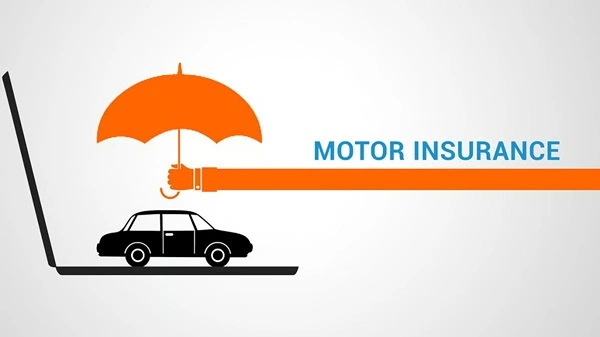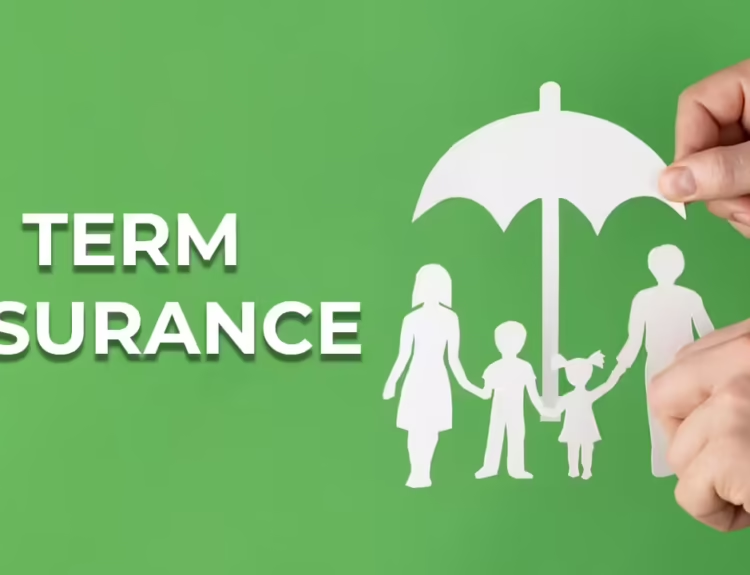Owning and driving a vehicle in India – whether it’s your trusted scooter navigating Delhi’s traffic or a family car that carries cherished memories – brings freedom and convenience. At the same time, I’ve seen how a single accident or theft can gnaw away at that sense of security. That’s exactly why motor insurance matters. It’s not just a legal requirement but a vital financial safeguard. In this article, I’ll walk you through the key types of motor insurance policies available in India, what each covers, and how you can choose the right one. After reading this, you’ll feel much more confident when it comes to picking the correct policy for your vehicle and lifestyle.

What is Motor Insurance?
Motor insurance (also called vehicle insurance) is a contract between you (the vehicle owner) and an insurer. You pay a premium, and in return, the insurer promises to indemnify you against specified losses or liabilities arising from owning or using your vehicle.
In India, the Insurance Regulatory and Development Authority of India (IRDAI) mandates that at least a “third-party liability” policy must be in force to legally drive on public roads.
But beyond that minimum, there are richer coverages too. Let’s explore the types.
Major Types of Motor Insurance Policies in India
Here are the main categories you will encounter; I’ve broken them down so you can match them to your vehicle and risk-profile.
- Third-Party Liability Insurance
This is the most basic policy and the legally mandatory one in India.
What it covers:
- Damage caused by your vehicle to a third-party person (injury or death) or their property.
- It does not cover damage to your own vehicle or theft of your own vehicle.
When it’s right for you: - If you’re looking for the minimum required cover for legal driving.
- If your vehicle is older or low-value and you don’t wish to spend high premium.
Tip: Make sure you understand the limitations. If your car is brand new or you depend on it heavily, this alone may not be enough.
- Own Damage (OD) Cover / Standalone Own Damage
Often called the “own damage” policy when it exists by itself (sometimes combined with third-party).
What it covers:
- Damage to your own vehicle arising from accident, theft, fire, natural calamities etc.
- Does not cover third-party liabilities unless you separately have third-party.
When it’s right for you: - If you want protect your vehicle itself (e.g., a relatively new car or bike) but may already be covered for third-party separately.
- If you want the flexibility to tailor your cover.
Tip: Check the “Insured Declared Value” (IDV) of your vehicle and how claimable amounts are calculated.
- Comprehensive Insurance
This is the richest type of motor insurance policy in everyday use.
What it covers:
- It includes both third-party liabilities and own vehicle damage.
- You can often add add-ons/riders like zero-depreciation, engine protector, roadside assistance.
When it’s right for you: - If you have a new vehicle or a high-value vehicle and you want full protection.
- If you drive frequently and want peace of mind.
Tip: The premium will be higher than a basic policy—but for many, it’s worth paying for the extra cover and less uncertainty.
- Personal Accident Cover for Owner-Driver
While this is technically part of motor insurance policies, it deserves mention because it focuses on personal risks.
What it covers:
- Injury or death of the owner-driver due to a motor accident, sometimes covering pillion riders or passengers depending on policy.
When it’s right for you: - Essential in all cases, because the vehicle owner’s personal safety is linked to the vehicle’s risk exposure.
Tip: Ensure the amount of cover is sufficient (IRDAI allows up to ₹15 lakh in many cases).
- Add-On Covers / Riders
These are optional covers you purchase in addition to base policies (especially comprehensive).
Examples:
- Zero Depreciation Cover: You won’t suffer deduction for depreciation when claim for parts.
- Engine Protector Cover: Damage to engine due to water, fire etc.
- No Claim Bonus (NCB) Protect: Protect your bonus even if you make a claim.
Tip: While add-ons enhance cover, they add to premium too—so evaluate cost vs benefit.
- Type of Vehicle / Use-Based Variants
Motor insurance also comes in forms depending on whether the vehicle is a private car, two-wheeler, commercial vehicle (goods/transport), or an electric vehicle (EV).
What to note:
- Two-wheeler policies often have special pricing and features.
- Commercial vehicle insurance may have higher premiums because of greater risk.
- EV insurance is emerging and may need special covers (battery, charger, etc).
Tip: Always ensure your policy is appropriate to your vehicle type and usage (personal vs commercial).
How to Choose the Right Motor Insurance Policy for You
From my experience advising vehicle owners in India, here’s a simple checklist you can follow:
- Assess Your Vehicle & Usage
- New or old vehicle? Low value or high value?
- Private use or commercial?
- How often you drive, roads you drive on (city/highway) and your risk appetite.
- Decide Desired Level of Cover
- Minimum legal: Third-party liability.
- If you want to protect your vehicle: add Own Damage or go Comprehensive.
- If you want full peace of mind: Comprehensive + add-ons.
- Compare Premium vs Cover
- Premiums vary by vehicle age, IDV, usage, region.
- A slightly higher premium may give far better protection—often worth it.
- Check Policy Features & Exclusions
- What is covered: theft, fire, natural disasters, in-transit damage.
- What is excluded: drunk driving, invalid licence, wear & tear.
- Are add-ons available?
- Think About Service & Claims Support
- Good insurer will have network garages, easy claim process, cashless facilities.
- Choose a company with good reputation for claim settlement.
- Renewal & No Claim Bonus (NCB)
- Maintain your policy without lapse to keep NCB benefit.
- Review your cover annually—vehicle value declines, your needs may change.
My Personal Tip
When I recently renewed the insurance for my car, I didn’t just pick the cheapest option. Instead I asked myself: “If I met with an accident tomorrow, how much will I regret the cover I didn’t purchase?” That perspective made me choose a comprehensive policy with a couple of add-ons (zero depreciation + roadside assistance). Yes, the premium was higher—but the peace of mind was worth it.
Remember: Insurance is not just about paying a premium—it’s about protecting yourself from a financial hit. For me, a little extra cost today felt like a small investment to avoid a big loss tomorrow.
Conclusion
Motor insurance in India isn’t a one-size-fits-all deal. You have clearly distinct types of policies—Third-Party Liability, Own Damage, Comprehensive—and then the choices get richer with add-ons and vehicle-specific variants. The key is to match your choice to your vehicle type, usage, risk tolerance and budget.
Next time you approach an insurer or compare online quotes, you’ll ask the right questions: “Is this just third-party or does it cover my own vehicle too?”, “What add-ons are included?”, “Does this policy suit my vehicle type (two-wheeler vs commercial)?”
By making informed choices you’re not just buying a policy—you’re buying assurance. And that’s always a good investment.




